Blooming Gibraltar
From Nature by Daniel Cressey
Rising ocean temperatures drive more intense and longer lasting toxic outbreaks.
Researchers have long suggested that climate change could mean more damage from algal blooms — runaway growths of algae that can strangle marine ecosystems and devastate coastal economies.
Now, a study has unpicked how warming ocean temperatures have already driven an intensification of blooms around North America — the first time this link has been established at an ocean scale.
Harmful algal blooms can occur when changes in water conditions lead to a huge growth in the number of a particular species of algae.
The blooms can produce toxins, become so large that they kill marine life, and even turn water a different colour.
Research has established that one factor that helps blooms to spread is a sudden increase in nutrients such as nitrogen and phosphorus — often from agricultural fertilizers — and it has also linked warming temperatures to individual events.
But the broader influence of climate change on these outbreaks is less well quantified.
Turquoise Tendrils
Blooms abound
Christopher Gobler, who studies coastal ecosystems at Stony Brook University in Southampton, New York, and his colleagues looked at the relationship between blooms in the North Atlantic and North Pacific oceans and temperature changes in the region to investigate whether the events there were linked to were linked to ocean warming.
Previous research has studied the influence of climate change on algal blooms in individual coastal systems, says Gobler, but this is the first to assess ocean-basin-wide trends.
The researchers looked at two species of algae: Alexandrium fundyense and Dinophysis acuminata. (These species produce toxins that can cause illnesses — sometimes fatal — in humans who eat shellfish contaminated with them).
They used detailed data on sea-surface temperatures to model trends in the growth rates of the algae species and the periods when blooms occurred from the early 1980s into the twenty-first century.
The Treacherous and Productive Seas of Southern Africa
The light blue swirl to the east of Cape Agulhas is a phytoplankton bloom in an area of cool, upwelling water.
At dozens of sites, their model suggests that new blooms could occur where they hadn't happened before.
The researchers found higher potential growth rates and longer bloom seasons for both species in many parts of the Atlantic coast and along Alaska.
In some places, they found the bloom season to now be more than a month longer than it was in 1982.
The team used its model to retrospectively predict what harmful blooms might have occurred in the time period and found good agreement with actual events.
“What’s different about this study is they’re going beyond just saying 'Look, warmer is bad' and trying to do a rigorous quantitative analysis,” says Anna Michalak, who studies climate change and water quality at the Carnegie Institution for Science in Stanford, California.
Gobler points out that that the ocean does not warm uniformly, with some regions warming faster than average and some cooling.
This means blooms will appear in new regions, and may actually reduce in some places they currently occur.
Factors other than temperature are still clearly important, he says.
Many factors
Michalak points out that for events such as major droughts and floods, researchers can now often estimate how much more likely such events will be as a result of climate change.
But there is less research on the relationship between water quality and climate change.
“We don’t have that science on the water quality side,” she says, adding that this paper is one step in that direction.
In 2011, North America’s Lake Erie experienced one of its worst algal blooms in decades.
NASA acquired October 5, 2011
NASA acquired October 5, 2011
Sediment and Algae Color the Great Lakes
Michalak’s team has previously studied a massive 2011 bloom in Lake Erie — one of the largest ever on the Great Lake.They pinned the event on a combination of weather conditions and agriculture putting huge nutrient loads in the lake.
That interplay of different factors is one reason why not everyone is yet prepared to say that climate change will necessarily lead to more harmful algal blooms.
Dynamic Spring Weather in North Atlantic Waters
Mark Wells, who studies harmful algal blooms at the University of Maine in Orono, points out that that rising temperatures alone may not always cause more harmful algal blooms.
In 2010 in the Gulf of Maine, he says, there were very high water temperatures, and many blooms were expected.
But in fact, water temperatures were so high that the layers of sea water became stratified and prevented mixing and the transfer of nutrients, so in the end there were fewer blooms than expected.
Still, he says, the latest study “provides a lot of new evidence” and represents a believable trend.
Links :
- Phys : Research shows global warming making oceans more toxic
- GeoGarage blog : Ocean slime spreading quickly across the Earth / China seas hit by largest-ever algae bloom : Yellow Sea ... / Record-breaking 2011 Lake Erie algae bloom may be ... / Solving the mystery of the Arctic's green ice / Image of the week : sediment and algae color the Great ... / Image of the week : winter blooms in the Arabian Sea / Image of the week : Plankton bloom, Black Sea
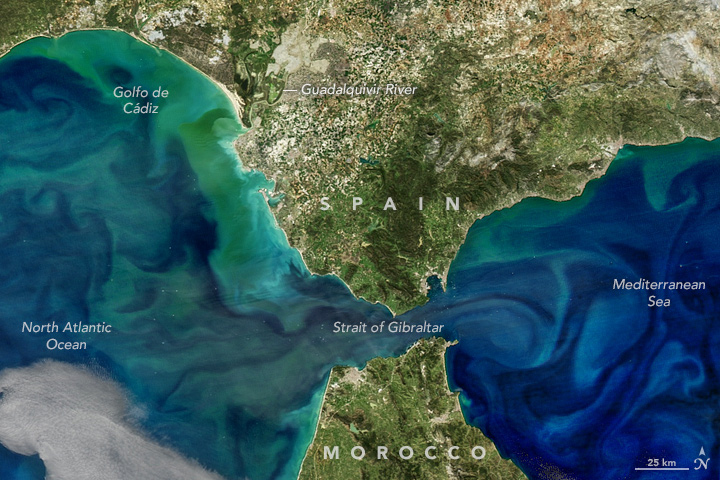
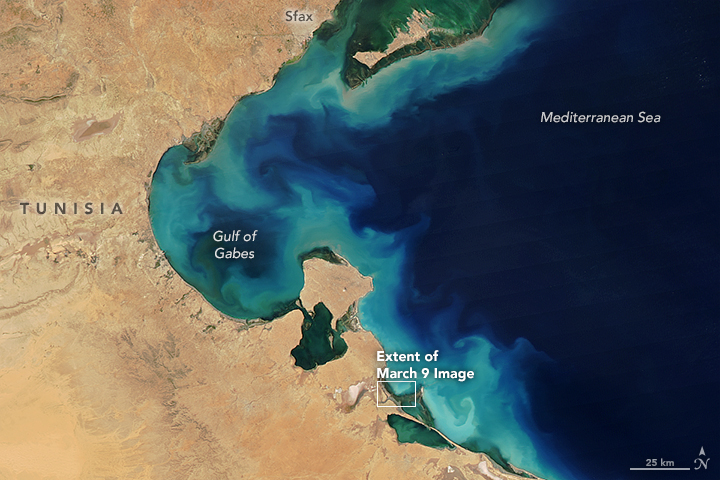
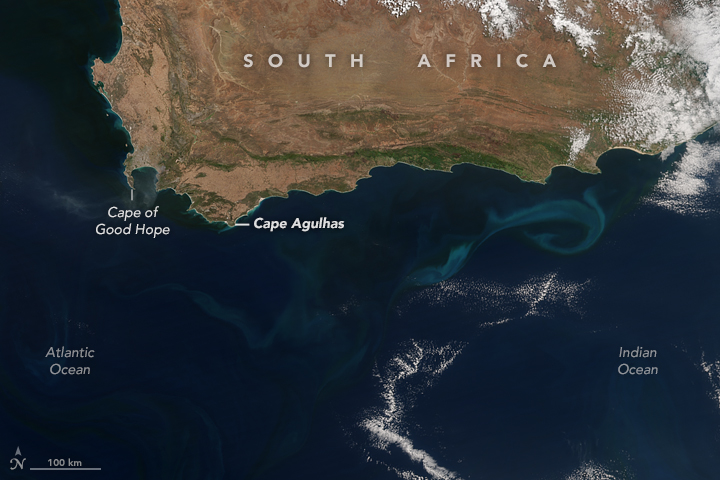
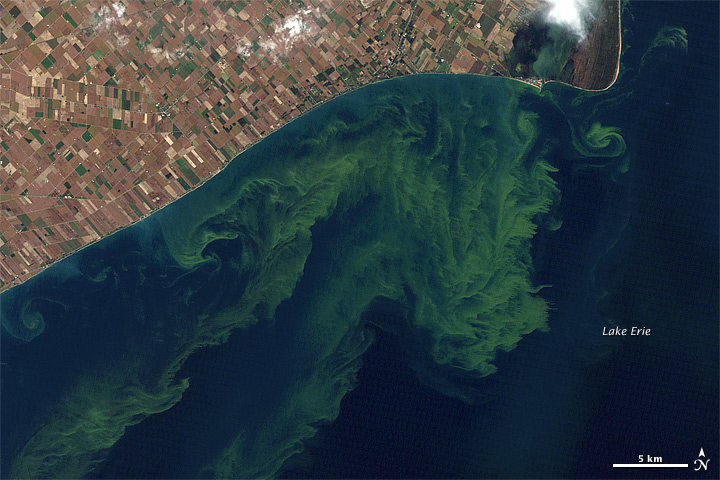
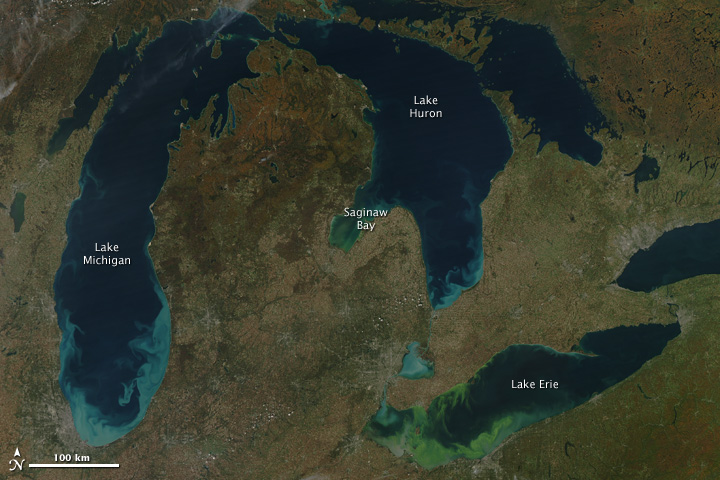
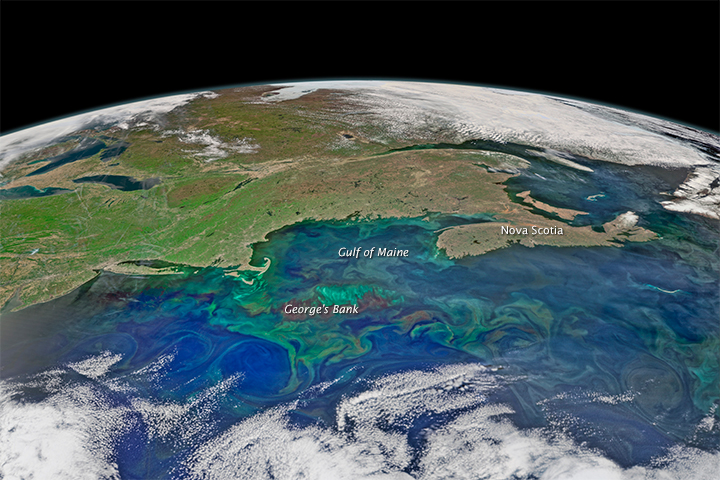
No comments:
Post a Comment